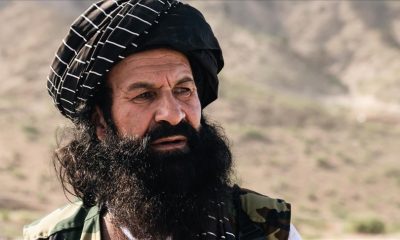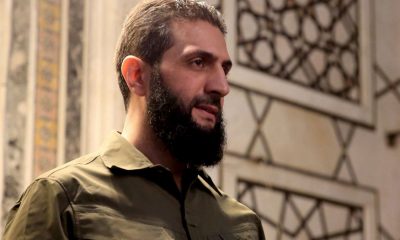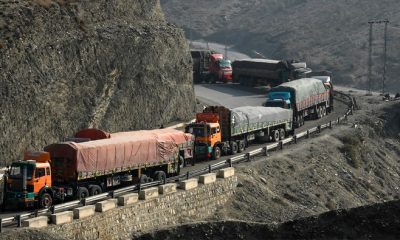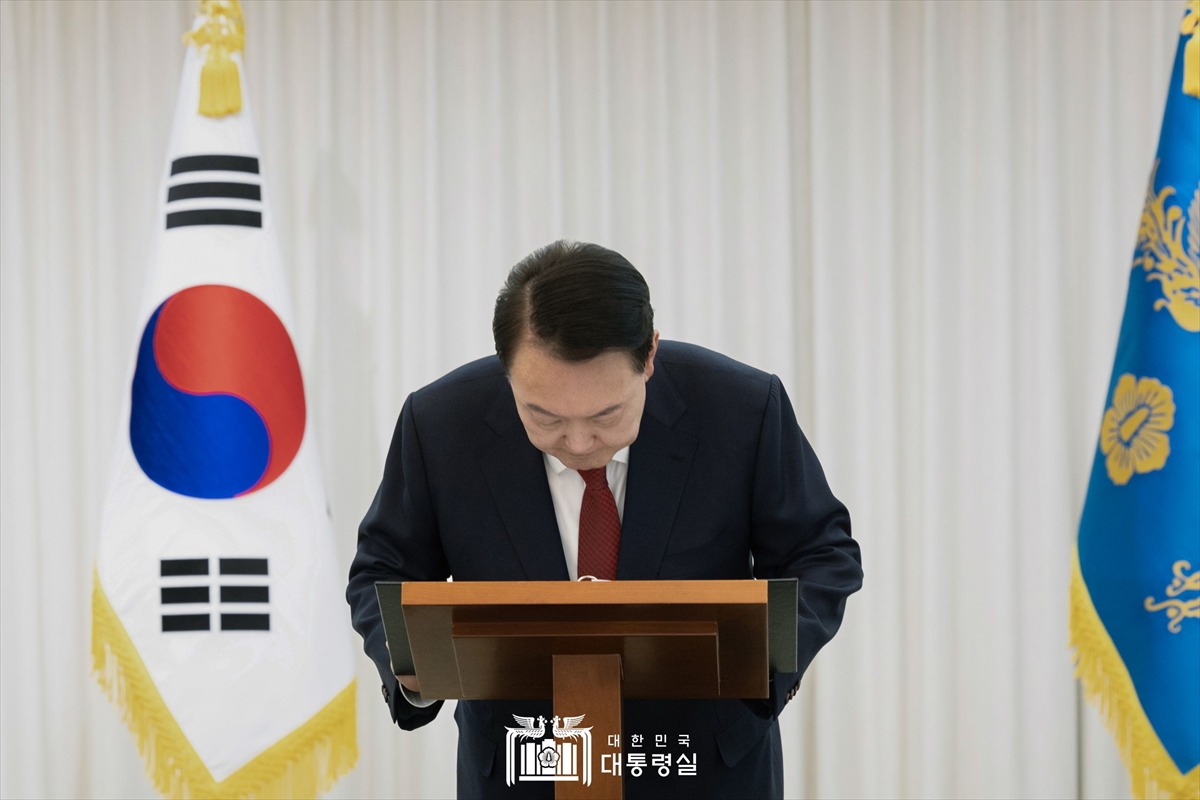The Improvised Explosive Device (IED) attack against a police van in Pakistan’s Swat province, escorting ambassador’s convoy is now generating stock of questions when banned Tehrik Taliban Pakistan (TTP) has not only disowned its involvement but has also made allegations against own security forces. Analysts believe it repetition of 2004-2005 strategy on the part of militants who are linked with al-Qaeda, declared an international terror group throughout the world.
Though District Police Officer Swat Dr. Zahidullah soon after the occurrence in chat with media accused banned TTP and the Counter Terrorism Police (CTD) registered a case against unknown militants but almost heads and responsible office holders of law enforcing agencies yet to establish such claims and charges. For the last two days, high level police and other security organs officials are engaged in prolonged discussions and consultation to find out the elements or hands, responsible for terrorizing ambassadors from important countries.
Whatever might be claims and justifications on the part of police and other law enforcing agencies as well but one cannot ignore the presence of hundreds of banned TTP militants who are scattered in Swat and its surrounding areas. These militants shifted from neighboring Afghanistan in accordance with a deal made by former ISI Chief and ex-Corps Commander Peshawar Lt. Gen (Retd) Faiz Hameed who is now facing trials in military courts, also called Court Martial. Whereas a couple of days the British media has reported the presence and activating of Hamza Osama bin-Laden in Afghanistan. Pakistan’s permanent ambassador to the United Nations Mr. Muneer Akram has also hinted at re-activating of what he called Internationally declared terror organization al-Qaeda in Afghanistan.
A high level figure within the Federal Government when asked for his point of view after Swat bomb attack against police escorting ambassadors convoy has avoided to say something in this respect, adding, “it is a great game, how it is possible for a common men to comment when forces didn’t forgive its high level general (Faiz Hameed).” Swat journalists confirmed that the high profile ambassador’s visit to Malam Jaba was kept very secret and only a few high ranking police and security officers were aware.
Attack against ambassadors is not new and even in 2004 al-Qaeda tried in a failed-attempt to target ambassadors visiting Swat
Former Secretary Home Khyber Pakhtunkhwa and retired Inspector General Police Syed Akhtar Ali Shah says, “attack against ambassadors was not new for him as some dacoits arrested from Matta Swat in 2004 have confirmed links with Al Qaeda and had disclosed plans of targeting foreigners visiting Swat. The dacoits were part of seven who had robbed a bank in Choparyal Matta Swat. Five of them were killed during encounters with police when Syed Akhtar Ali Shah was District Police Officer. The arrested dacoits/terrorists were affiliated with Pakistani group Jesh I Muhammad, linked with Al Qaeda.
Now it is no more secret that like in the late 90’s, al-Qaeda is again active throughout Afghanistan, where Taliban rulers are making their best to make “SILENT” media and politico-social activists as well. Unlike the 90’s, this time al-Qaeda is being supported by thousands of Pakistani militants who are associated with banned Tehrik Taliban Pakistan. Besides, Pakistanis a large number of others like Uzbeks from Islamic Movement of Uzbekistan, Tajikistan Resistance Movement and Uyghur’s from Kazakhstan and China are also present along with their like-minded Pakistani and Afghan Taliban.
Beside al-Qaeda, Daesh is most dangerous for the very interest of South and Central Asian states.
Apart from al-Qaeda, presence, strengthening and activating of Islamic States (IS) also called as Daesh is most dangerous and harmful for the very interests of almost all South and Central Asian countries. The IS militants are stated financially, technically and organizationally sound and effective throughout Afghanistan. Majority of IS militants are Pakistanis who are familiar in Afghanistan due to their support and contribution in the war against the USSR and later against the US led war on terror.
No one can deny the fact that after changing its modus operandi after frequent resistance in war on terror in end of first decade of new millennium, the US through its most confidential aides like Saudi Arabia, Qatar and Pakistan, had gifted again Afghanistan to Tehrik Taliban Afghanistan also called it Emirate Islami Afghanistan. Pakistan despite playing a major role in toppling of democratic regime of Dr. Ashraf Ghani but now it’s “self-acclaimed and most powerful” spy organ is fastly losing its influence and popularity in Afghanistan. Even Taliban through Qatar after Saudi Arabia are used like remote control by US spy agencies. It is premature to say something about the future of Pakistan but almost all of its politico-techno circles and analysts are also losing hopes. Most people apprehend the arising of a very critical situation due to rising terror and violent acts in both Khyber Pakhtunkhwa and Balochistan, bordering Afghanistan, which is considered “hub of globally recognized militants and their pay masters from spy agencies of US led allies and its rivals.”
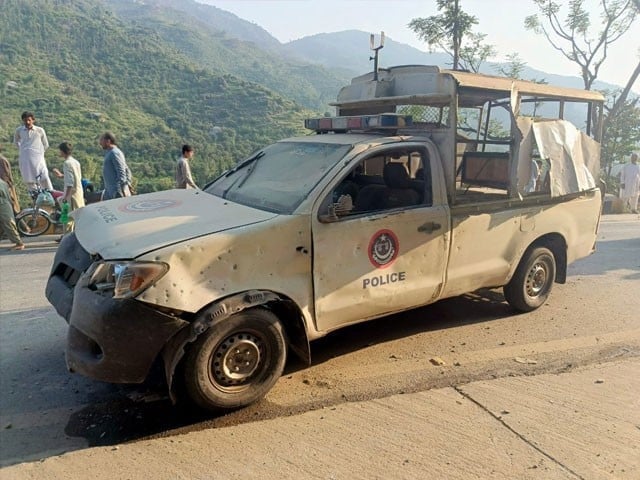

 EUROPE5 days ago
EUROPE5 days ago
 OPINION1 week ago
OPINION1 week ago
 DIPLOMACY2 weeks ago
DIPLOMACY2 weeks ago
 DIPLOMACY1 week ago
DIPLOMACY1 week ago
 ASIA2 weeks ago
ASIA2 weeks ago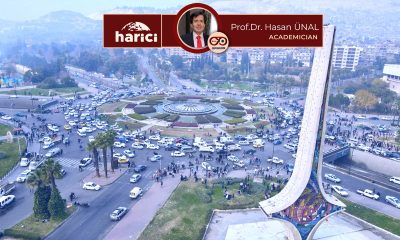
 OPINION1 week ago
OPINION1 week ago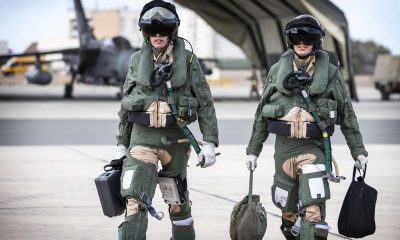
 EAST MEDITERRANEAN2 weeks ago
EAST MEDITERRANEAN2 weeks ago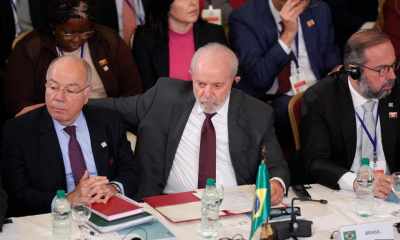
 OPINION4 days ago
OPINION4 days ago

